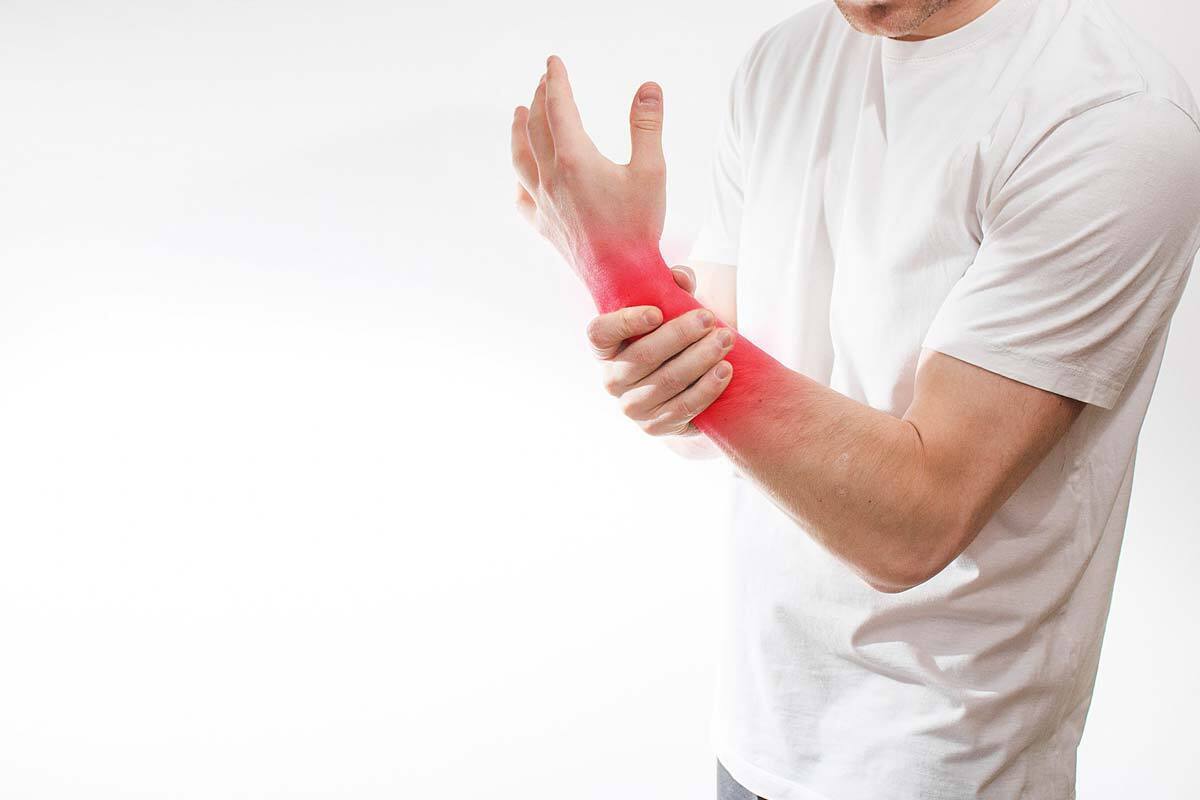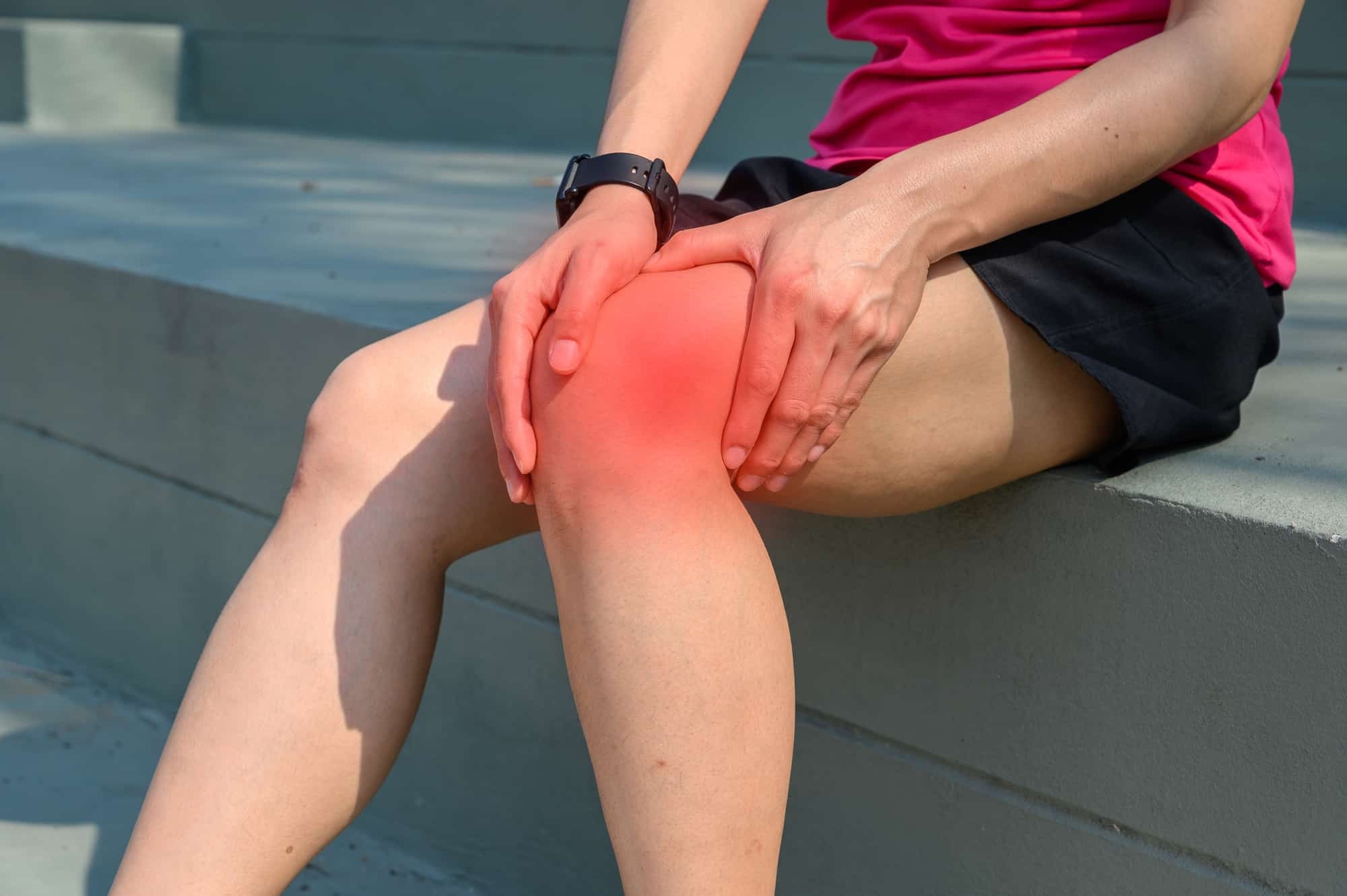
What is Intersection Syndrome? Intersection Syndrome is an overuse injury causing pain and inflammation in the forearm. It affects the tendons where the first and second dorsal compartments of the wrist intersect. This condition often results from repetitive wrist movements, making it common among athletes and individuals with certain occupational tasks. Symptoms include pain, swelling, and a grating sensation in the forearm. Diagnosis typically involves clinical evaluation and imaging studies like ultrasound or MRI. Treatment ranges from rest and anti-inflammatory medications to physical therapy and, in severe cases, surgery. Understanding this condition helps in managing and preventing it effectively.
What is Intersection Syndrome?
Intersection syndrome is a condition that affects the wrist and forearm, causing pain and inflammation. It primarily involves the tendons in the first and second dorsal compartments of the wrist. Let's dive into the details of this condition.
-
Definition: Intersection syndrome is an overuse injury characterized by inflammation and irritation of the tendons and their surrounding sheaths at the intersection of the first and second dorsal compartments of the wrist.
-
History: The condition was first described by Velpeau in 1842 as a pain in the dorsal aspect of the forearm, 4–8 cm proximal to Lister's tubercle.
Anatomy and Pathophysiology
Understanding the anatomy and pathophysiology of intersection syndrome helps in grasping why it occurs and how it affects the body.
-
Anatomy: The first dorsal compartment contains the tendons of the abductor pollicis longus (APL) and extensor pollicis brevis (EPB), while the second dorsal compartment contains the tendons of the extensor carpi radialis longus (ECRL) and extensor carpi radialis brevis (ECRB).
-
Pathophysiology: The primary cause of intersection syndrome is repetitive friction at the junction where the tendons of the first dorsal compartment cross over the second, leading to tenosynovitis. This friction can lead to inflammation and irritation of the tendons and their surrounding sheaths.
Symptoms and Clinical Presentation
Recognizing the symptoms and clinical presentation is crucial for early diagnosis and treatment.
-
Symptoms: Patients typically experience pain, crepitus (grating or crunching sensation), and swelling in the dorsal forearm, specifically 4–8 cm proximal to the radial styloid (Lister's tubercle). The pain is often exacerbated by wrist flexion and extension.
-
Clinical Presentation: Symptoms can include tenderness to palpation of the dorsal radial forearm, which worsens with resisted wrist and thumb extension. Patients may also report crepitus induced by active thumb movements and visual swelling of the forearm.
Differential Diagnosis and Diagnostic Tests
Differentiating intersection syndrome from other conditions and using appropriate diagnostic tests are key steps in the diagnostic process.
-
Differential Diagnosis: Intersection syndrome can be confused with De Quervain's tenosynovitis, which affects the first extensor compartment only and is located more distally at the radial styloid. Other differential diagnoses include Wartenburg syndrome and distal intersection syndrome.
-
Diagnostic Tests: The diagnosis is primarily clinical but can be supported by imaging studies such as ultrasound and MRI. Ultrasound often reveals fluid within the tendon sheaths and peritendinous edema, while MRI shows peritendinous edema concentrically surrounding the second and first extensor compartments centered around the point of crossover.
Prevalence and Risk Factors
Knowing who is at risk can help in preventing intersection syndrome.
-
Prevalence: Intersection syndrome is a relatively rare condition, with reported incidence rates ranging from 0.2% to 0.37% depending on the studies.
-
Occupational Risks: The condition is common in occupational settings where there is repeated extension and flexion of the wrist, such as typing or writing. It is also prevalent in sporting activities involving repetitive resisted extension of the upper limb, such as tennis.
-
Sports-Specific Risks: Elite rowers are particularly prone to intersection syndrome due to the repetitive motion involved in rowing. Incorrect grip of the tennis racquet can also contribute to the development of intersection syndrome, especially in non-professional athletes.
Symptomatology and Diagnostic Techniques
Understanding the specific symptoms and diagnostic techniques can aid in identifying intersection syndrome.
-
Symptomatology: Patients typically report pain over the dorsal forearm and wrist, which worsens with resisted wrist and thumb extension. The pain is often localized to the area 4–6 cm proximal to Lister's tubercle.
-
Diagnostic Techniques: Finkelstein’s test (ulnar deviation of the hand with the thumb flexed) is commonly negative in intersection syndrome, though Eichoff’s test (ulnar deviation performed by the patient) may produce false positives. Special tests like isometric muscle testing of the APL, EPB, ECRL, and ECRB muscles, Tinel’s sign, and upper limb neurodynamic tests can also aid in diagnosis.
Treatment Options
Various treatment options are available for managing intersection syndrome, ranging from conservative methods to surgical interventions.
-
Treatment Options: Conservative management is the primary treatment for intersection syndrome. This includes rest, immobilization of the affected wrist joint, anti-inflammatory medications, and corticosteroid injections. Physical therapy may also be recommended to improve joint mobility and reduce pain.
-
Surgical Intervention: In cases where conservative treatment fails, surgical intervention may be necessary. This can include debridement or release of the affected tendons to relieve pressure and inflammation. Immediate surgery is effective for an urgent return to training in elite athletes, such as rowers.
Rehabilitation and Patient Education
Rehabilitation and patient education are essential components of managing intersection syndrome effectively.
-
Rehabilitation Program: A rehabilitation program typically involves progressive stretching and mobilization of the joint. The FITT principle (frequency, intensity, time, and type) is used to formulate a rehabilitation program that is acceptable to the patient. Aerobic exercises like using a stationary bike with vertical handles are encouraged to avoid putting strain on the wrist.
-
Patient Education: Patient education is crucial in managing intersection syndrome. Patients need to understand how to avoid repetitive strain injuries and how to modify their activities to reduce the risk of developing intersection syndrome. They should also be advised on proper grip techniques for sporting activities like tennis.
Interprofessional Team Coordination and Common Misdiagnosis
Effective management often requires a team approach and awareness of common misdiagnoses.
-
Interprofessional Team Coordination: Effective management of intersection syndrome requires close coordination among an interprofessional team, including physical therapists, occupational therapists, and orthopedic surgeons. Early involvement of this team can improve patient outcomes by providing comprehensive care.
-
Common Misdiagnosis: Intersection syndrome is often misdiagnosed due to its similarity to De Quervain’s syndrome. However, specific diagnostic tests and clinical presentation can help differentiate between the two conditions.
Incidence and Pain Localization
Understanding the incidence in specific populations and pain localization can help in early identification and treatment.
-
Incidence in Specific Populations: The incidence of intersection syndrome varies among different populations. It is more common in individuals who engage in repetitive wrist movements, such as typists or rowers. Non-professional athletes are also at higher risk due to unsuitable wrist actions during sports.
-
Pain Localization: The pain associated with intersection syndrome is typically localized to the area 4–6 cm proximal to Lister’s tubercle. This area is where the tendons of the first and second dorsal compartments intersect, leading to friction and inflammation.
Crepitus Sensation and Swelling
Crepitus sensation and swelling are common symptoms that can aid in diagnosing intersection syndrome.
-
Crepitus Sensation: Crepitus, a grating or crunching sensation, is a common symptom of intersection syndrome. This sensation is often induced by active thumb movements and can be a diagnostic indicator of the condition.
-
Swelling and Tenderness: Swelling and tenderness over the dorsal forearm are also common symptoms. The tenderness is typically worse with resisted wrist and thumb extension, which can help in diagnosing intersection syndrome.
Imaging Studies and Treatment Pearls
Imaging studies and key treatment pearls are essential for confirming the diagnosis and managing the condition effectively.
-
Imaging Studies: Imaging studies such as ultrasound and MRI are used to confirm the diagnosis. Ultrasound reveals fluid within the tendon sheaths and peritendinous edema, while MRI shows peritendinous edema concentrically surrounding the second and first extensor compartments.
-
Treatment Pearls: Key treatment pearls include immobilization of the affected wrist joint, anti-inflammatory medications, corticosteroid injections, and physical therapy. Early intervention is crucial in managing intersection syndrome effectively.
Surgical Indications and Rehabilitation Principles
Surgical indications and rehabilitation principles are important for cases where conservative treatment fails.
-
Surgical Indications: Surgical intervention is indicated in cases where conservative treatment fails. Immediate surgery can be effective for an urgent return to training in elite athletes, such as rowers.
-
Rehabilitation Principles: Rehabilitation principles involve progressive stretching and mobilization of the joint. The FITT principle is used to formulate a rehabilitation program that is acceptable to the patient. Aerobic exercises like using a stationary bike with vertical handles are encouraged to avoid putting strain on the wrist.
Patient Follow-Up and Occupational Adaptations
Regular follow-up and occupational adaptations are crucial for managing intersection syndrome and preventing recurrence.
-
Patient Follow-Up: Regular follow-up with a physiotherapist is essential in managing intersection syndrome. A rehabilitation program should be tailored to the individual patient’s needs and should include modalities such as heat, e-stim, and ultrasound to improve symptoms.
-
Occupational Adaptations: Occupational adaptations are crucial in preventing intersection syndrome. This includes modifying work activities to reduce repetitive strain on the wrist and using ergonomic equipment to minimize strain.
Sports-Specific Training and Interdisciplinary Care
Sports-specific training and interdisciplinary care are important for preventing and managing intersection syndrome in athletes.
-
Sports-Specific Training: Sports-specific training is important in preventing intersection syndrome. Athletes should be advised on proper grip techniques and how to avoid unsuitable wrist actions during sports activities.
-
Interdisciplinary Care: Interdisciplinary care is essential in managing intersection syndrome. This includes collaboration between physical therapists, occupational therapists, and orthopedic surgeons to provide comprehensive care.
Patient Education and Rehabilitation Outcomes
Educating patients and focusing on rehabilitation outcomes can significantly improve the management of intersection syndrome.
-
Patient Education: Patient education is crucial in managing intersection syndrome. Patients should be educated on how to avoid repetitive strain injuries and how to modify their activities to reduce the risk of developing intersection syndrome.
-
Rehabilitation Outcomes: Rehabilitation outcomes can be significantly improved by early intervention and close follow-up with a physiotherapist. A rehabilitation program should be tailored to the individual patient’s needs and should include modalities such as heat, e-stim, and ultrasound to improve symptoms.
Incidence in Elite Athletes and Future Research Directions
Understanding the incidence in elite athletes and focusing on future research directions can help in better managing and preventing intersection syndrome.
-
Incidence in Elite Athletes: Elite athletes, particularly those involved in rowing and tennis, are at higher risk of developing intersection syndrome due to repetitive motion and unsuitable wrist actions during sports activities.
-
Future Research Directions: Future research directions should focus on determining the best treatments for conditions like intersection syndrome. Studies should also investigate the prevalence of intersection syndrome in different populations and how it can be prevented through occupational adaptations and sports-specific training.
Final Thoughts on Intersection Syndrome
Intersection syndrome is a sneaky condition that can seriously mess with your wrist and forearm. It hits folks who do repetitive wrist movements, like typing or playing sports. The pain, swelling, and crepitus can be a real pain—literally. Diagnosing it often involves clinical exams, ultrasound, or MRI. Treatment usually starts with rest, anti-inflammatory meds, and physical therapy. Sometimes, surgery might be needed if things don't improve. Early intervention and a solid rehab plan are key to getting back to normal. Understanding the symptoms and treatment options can help you manage this condition better. So, if you’re feeling that nagging pain in your wrist, don’t ignore it. Get it checked out and take the steps to heal properly.
Was this page helpful?
Our commitment to delivering trustworthy and engaging content is at the heart of what we do. Each fact on our site is contributed by real users like you, bringing a wealth of diverse insights and information. To ensure the highest standards of accuracy and reliability, our dedicated editors meticulously review each submission. This process guarantees that the facts we share are not only fascinating but also credible. Trust in our commitment to quality and authenticity as you explore and learn with us.


